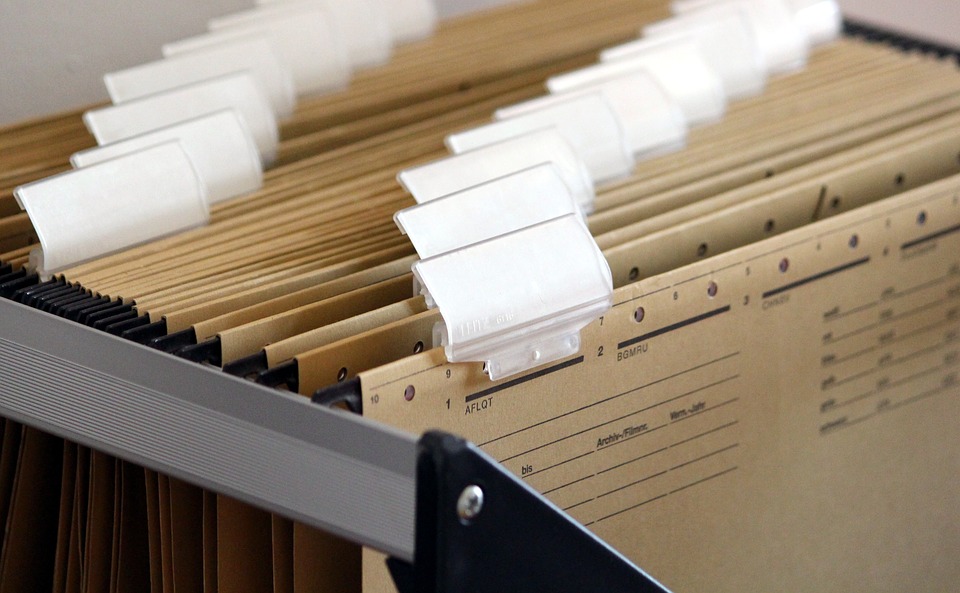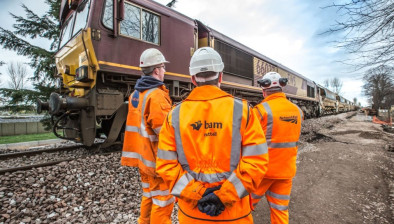Carillion drainage errors and Network Rail failures blamed for fatal Stonehaven train crash
Failings by Network Rail and collapsed outsourcing giant Carillion were to blame for the 2020 Stonehaven rail crash which killed three people, an investigation has found.

Errors in the construction of a drainage system by the construction firm meant it was unable to cope with heavy rain which fell in Aberdeenshire on the morning of the crash on 12 August 2020, the Rail Accident Investigation Branch (RAIB) said.
The report said the train derailed and hit a bridge parapet after it struck debris that had been washed out of a drainage trench.
It added: “The company that was contracted to construct the drain, Carillion, did not undertake construction in accordance with the designer’s requirements. Consequently, the drainage system was unable to perform as the designer had intended when it was exposed to particularly heavy rainfall on 12 August 2020.”
RAIB’s investigators found that a low earth bank (bund) had been constructed that ran across a slope leading towards the track. The presence of this bund significantly altered the flow of water such that extreme rainfall would cause a concentrated flow into the steeply sloping section of trench. The evidence indicates that the intensity and duration of this rainfall would have generated water flows into the trench that were sufficient to wash away the gravel fill and the ground immediately surrounding the trench.
No instruction was given by route control or the signaller that train 1T08 should be run at a lower speed on its journey between Carmont and Stonehaven. At that time there was no written process that required any such precaution in these circumstances. Consequently, normal railway rules were applied to the train movement. The RAIB’s investigation found that the ‘route controllers’ (who were responsible for the operational management of Scotland’s railway network) had not been given the information, procedures or training that they needed to effectively manage complex situations of the type encountered on the morning of 12 August 2020.
Video summary, including a digital visualisation of the accident
As a consequence of this accident, RAIB has made 20 recommendations for the improvement of railway safety. The areas covered include:
- better management of civil engineering construction activities by Network Rail and its contractors
- dditional standards and guidance on the safe design of drainage systems
- improved operational response to extreme rainfall events, exploiting the full capability of modern technology, and based on a detailed understanding of the risk associated with extreme rainfall
- enhancing the capability of route control offices to effectively manage complex events
- extending Network Rail’s assurance regime to encompass route control offices
- addressing the obstacles to effective implementation of lessons learnt from the investigation of accidents and incidents
- measures to prevent derailed trains from deviating too far from the track (equipment fitted to track and/or trains)
- addressing train design issues identified by the investigation and better understanding the additional risk associated with the operation of older trains.
Simon French, chief inspector of Rail Accidents, said: “This was a tragedy that devastated the lives of the three families who lost their loved ones and brought terror and injury to six other people on the morning of 12 August 2020. Our thoughts are with them all. Nothing can undo this event, but we owe it to everybody who was affected by it to strive to learn safety lessons for the future.
“Although railway safety in the UK has been steadily improving over recent decades, the tragedy at Carmont is a reminder of just how disruptive and potentially dangerous Britain’s volatile weather can be. The railway industry needs to get even smarter about the way it counters this threat, and to better exploit remarkable modern technology that enables the prediction and tracking of extreme weather events such as summer convective storms. There’s also an urgent need for the railway to provide real-time decision-makers with the information, procedures and training they need to manage complex and widespread weather-related events across the rail network.
“No one wants to shut down the railway every time it rains. Railways need to operate safely and reliably in most weather conditions. If they’re not able to achieve this, potential passengers will be forced onto the roads, which are undoubtedly much more dangerous in bad weather conditions. So, there’s a balance to be struck and technology can help to get this balance right. Modern weather forecasting and monitoring systems can spot the truly exceptional events before they occur and as they happen, so allowing railway operators to implement precautionary measures when it’s prudent to do so. This would benefit the safety of the line (by restricting train speeds, or suspending operations, when necessary) while reducing the need for imposing blanket speed restrictions over areas that are not at significant risk.
“This investigation highlights the risk of uncontrolled changes to railway infrastructure during construction. It is so sad that a project that was designed for the protection of the travelling public became unsuitable for its intended use and posed a hazard to trains because of such uncontrolled changes to the design. When anything is built in difficult conditions, such as on the side of a steeply sloped cutting, changes will often be needed for practical reasons. Although such changes are normal and can be highly beneficial in terms of saved time and cost, they need to be made with care. In each case, the original designer needs to understand the change that’s proposed and review the implications of a change that may appear inconsequential to the team on site. I hope this example will resonate throughout the UK’s construction industry.
“It’s important for all of us in the rail industry not to dismiss this truly harrowing accident as a one-off event. The railway industry needs to think through the implications of severe weather on its infrastructure, whilst also looking to the behaviour of trains should they derail after striking obstructions such as washouts and landslips. Is there more that could be done to keep trains in line and closer to the track, to minimise the risk of jack-knifing and to keep bogies attached to rail vehicles? RAIB doesn’t have all of the answers but is urging the railway industry to think about ways of guiding derailed trains, and to think about the longer-term implications of continuing to operate rolling stock that pre-dates modern standards.”
Visualisation of the performance of the drainage system at Carmont on 12 August 2020
Andrew Haines, Network Rail chief executive, said: “This report makes clear that there are fundamental lessons to be learnt by Network Rail and the wider industry. As well as expressing our deep sorrow and regret at the loss of the lives of Christopher Stuchbury, Donald Dinnie and Brett McCullough, it’s important that we acknowledge it should not have taken this tragic accident to highlight those lessons. We must do better and we are utterly committed to that.
“In the 18 months since the accident, we have inspected similar locations and drainage systems across the length and breadth of the country and the added insight the RAIB has provided today will help us in our efforts. We also commissioned two independent taskforces led by world class experts to help us better understand extreme rainfall events and how to better manage our cuttings, embankments and their drainage systems.
“We have invested tens of £millions towards improving the general resilience of our railway and how we predict and respond to such events. But this remains a multi-generational challenge and there is still much to do.”
A statement from the family of Donald Dinnie, the train’s conductor, said: “We are very grateful for the way the RAIB has painstakingly handled this investigation and our thanks go to them for their diligence and consideration in reaching their conclusions.
“For us, whilst losing a loved one in these dreadful circumstances has been totally devastating, we also reflect that this accident happened at a time when the early stages of the pandemic saw fewer people travelling.
“This, in our view, has made the RAIB investigation more personable, and it has been handled with extreme patience and sensitivity, and we thank them for that.”

















